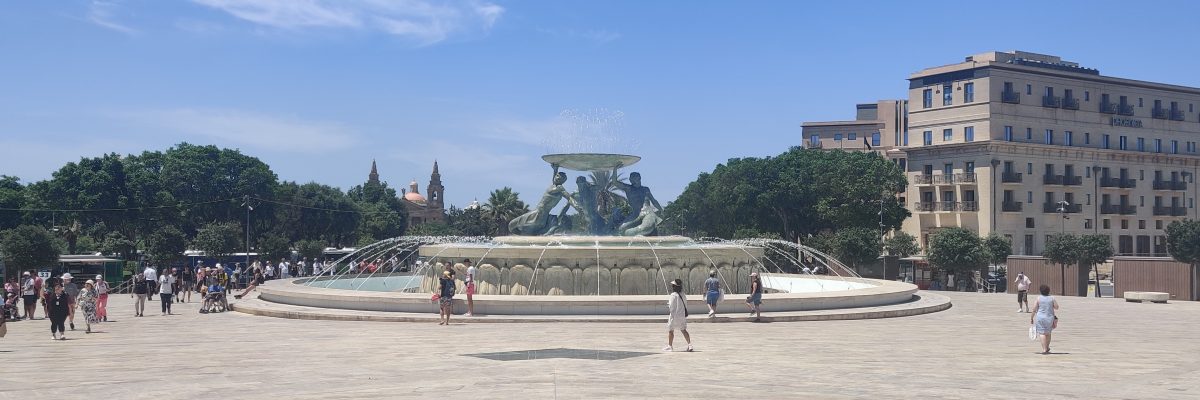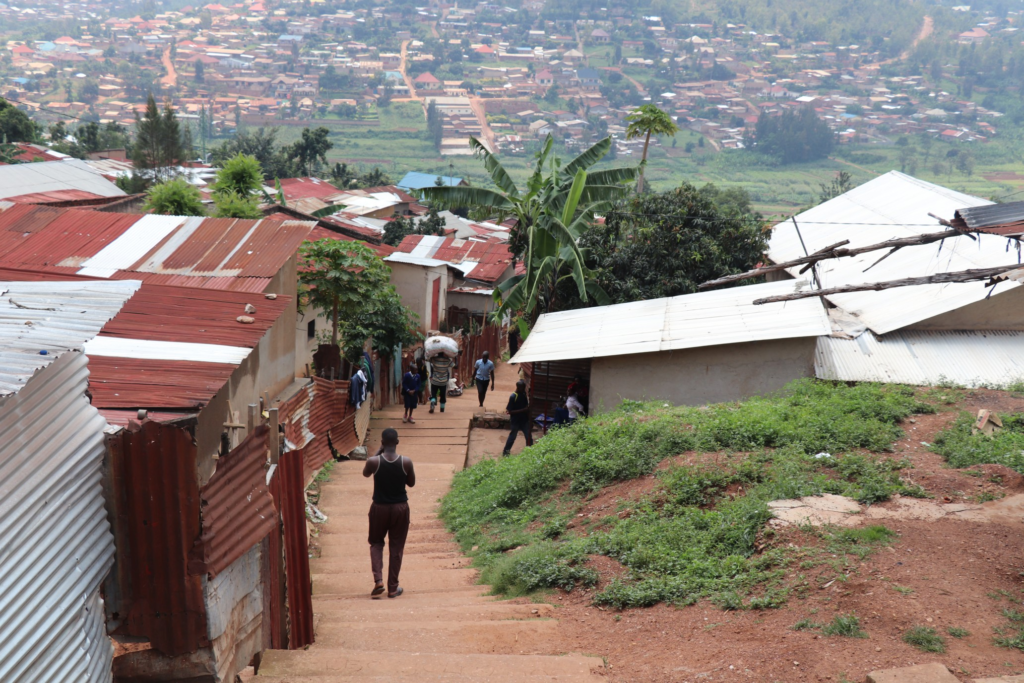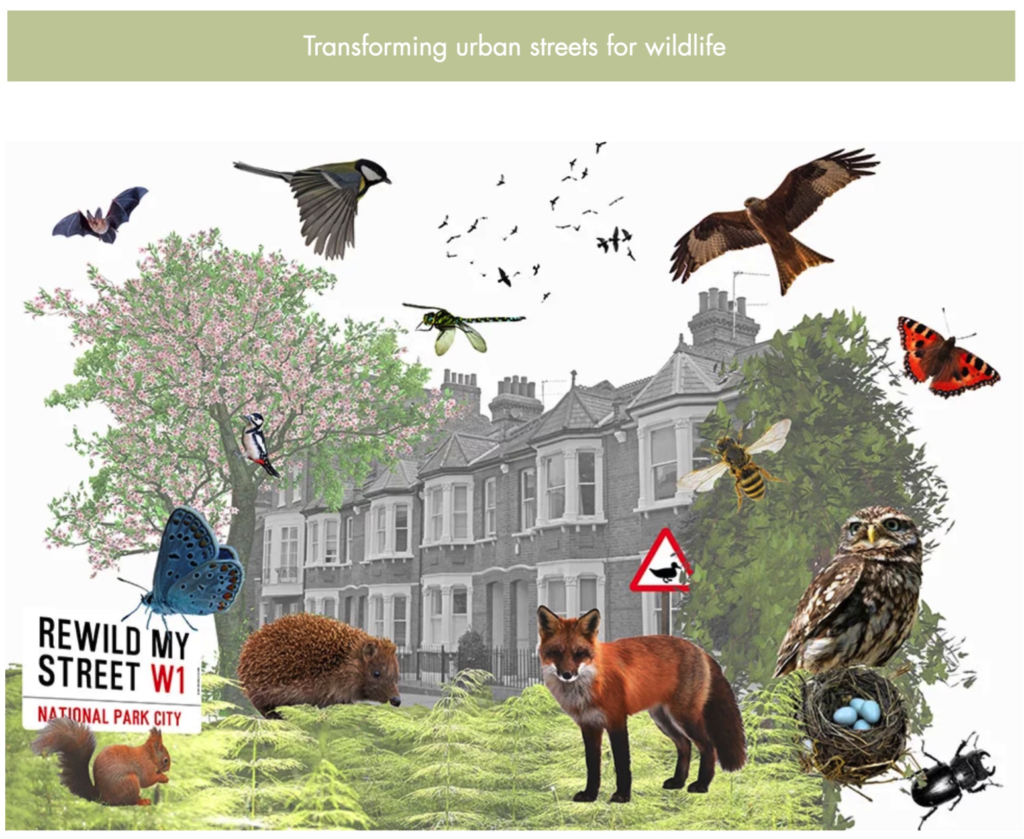City Know-hows

Target audience
Urban planners and architects, policy-makers and local government, public health practitioners, and the public!
The problem
The presence of water features in urban environments are important for human health and wellbeing and arguably have a greater role in densely built-up environments. The lack of maintenance of fountains and public squares may cause feelings of stress and anxiety to citizens. There is currently little research that explores the connection between conservation and maintenance of water features in urban places and the relationship with people’s health and wellbeing.
What we did and why
This study draws on qualitative in-depth interviews with regards to a restoration project of a water feature which is located at the entrance of the city in Valetta, the capital city of Malta. The research explores the role of the Triton fountain and square before and after its restoration and conservation to understand its potential influence as a therapeutic blue urban space.
Our study’s contribution
Citizens find nature-like architecture of urban water features supportive for their wellbeing through:
Interaction that enables a connection to nature and place,
Managing potential stress and anxiety by providing a place to cope with an urban heat island environment, chaos, danger, noise, and pollution,
Aesthetic attributes and recalling memories of place before restoration which can help provide a therapeutic environment.
Impacts for city policy and practice
The findings highlight the potential of urban water features to provide a therapeutic environment for citizens. Planners and urban developers could consider the investment in restoration of architectural design of urban water features as an intervention to support citizens health and wellbeing as part of planned therapeutic blue urban spaces.
Further information
Not available.
Full research article:
Related posts

Our cross-sectional study of 272 neighbourhoods of thirteen cities shows that diverse physical and social attributes of neighbourhoods influence mental well-being of the citizens in the Asia and Africa.

City residential streets offer an opportunity to give back to nature, making changes to make them a habitat for wildlife. Our study investigated the behaviour of rewilding

Canadian youth who had better mental health during the first summer of the pandemic tended to also have more nearly local neighbourhood destinations.